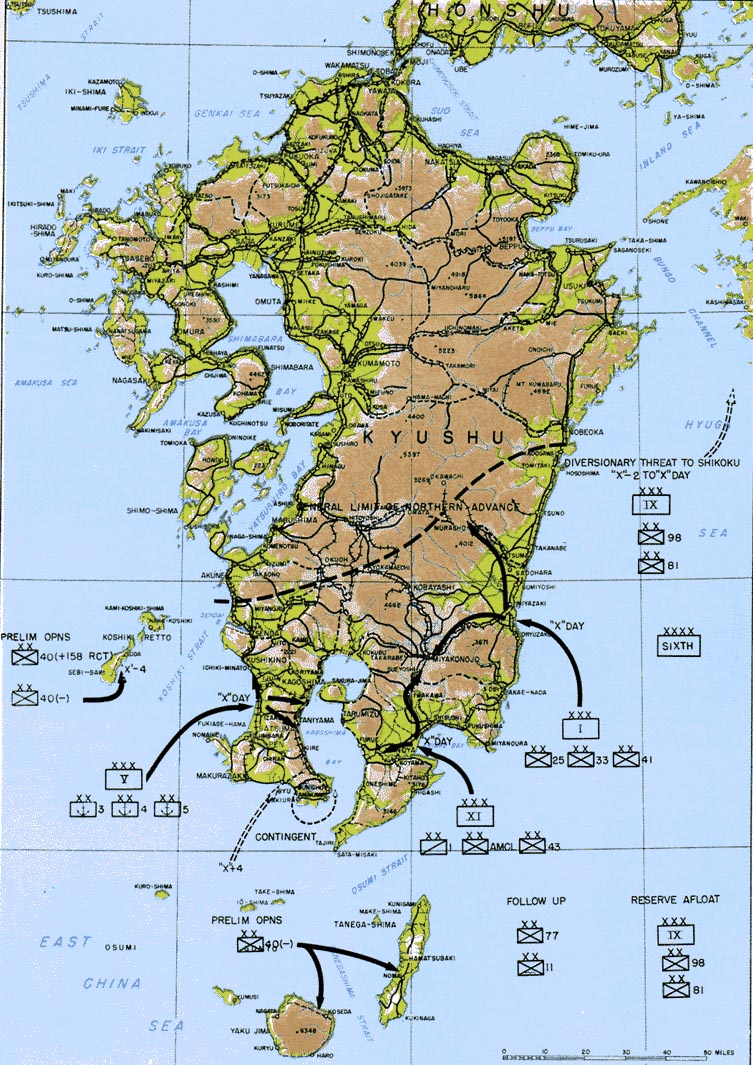Fortieth Army (Japan) on:
[Wikipedia]
[Google]
[Amazon]
 The was an
The was an
 The was an
The was an army
An army, ground force or land force is an armed force that fights primarily on land. In the broadest sense, it is the land-based military branch, service branch or armed service of a nation or country. It may also include aviation assets by ...
of the Imperial Japanese Army
The Imperial Japanese Army (IJA; , ''Dai-Nippon Teikoku Rikugun'', "Army of the Greater Japanese Empire") was the principal ground force of the Empire of Japan from 1871 to 1945. It played a central role in Japan’s rapid modernization during th ...
during the final stages of World War II
World War II or the Second World War (1 September 1939 – 2 September 1945) was a World war, global conflict between two coalitions: the Allies of World War II, Allies and the Axis powers. World War II by country, Nearly all of the wo ...
.
History
The Japanese 40th Army was formed on January 8, 1945 inChiayi
Chiayi (,), officially known as Chiayi City, is a Provincial city (Taiwan), city located in Chianan Plain in Regions of Taiwan, southwestern Taiwan, surrounded by Chiayi County with a population of 263,188 inhabitants as of January 2023.
The H ...
, Taiwan
Taiwan, officially the Republic of China (ROC), is a country in East Asia. The main geography of Taiwan, island of Taiwan, also known as ''Formosa'', lies between the East China Sea, East and South China Seas in the northwestern Pacific Ocea ...
, and subordinated to the Japanese 10 Area Army 16 January 1945.
As part of the last desperate defense effort by the Empire of Japan
The Empire of Japan, also known as the Japanese Empire or Imperial Japan, was the Japanese nation state that existed from the Meiji Restoration on January 3, 1868, until the Constitution of Japan took effect on May 3, 1947. From Japan–Kor ...
to deter possible landings of Allied forces in southern Kyūshū
is the third-largest island of Japan's four main islands and the most southerly of the four largest islands (i.e. excluding Okinawa and the other Ryukyu (''Nansei'') Islands). In the past, it has been known as , and . The historical regio ...
during Operation Downfall
Operation Downfall was the proposed Allied plan for the invasion of the Japanese home islands near the end of World War II. The planned operation was canceled when Japan surrendered following the atomic bombings of Hiroshima and Nagasaki ...
, the ''40th Army'' headquarters were transferred to Kagoshima
, is the capital Cities of Japan, city of Kagoshima Prefecture, Japan. , the city had an estimated population of 583,966 in 285,992 households, and a population density of 1100 persons per km2. The total area of the city is .
Etymology
While the ...
14 May 1945. The thus reformed ''40th Army'' consisted mostly of poorly trained and poorly armed reservists
A reservist is a person who is a member of a military reserve force. They are otherwise civilians, and in peacetime have careers outside the military. Reservists usually go for training on an annual basis to refresh their skills. This person ca ...
, conscripted
Conscription, also known as the draft in the United States and Israel, is the practice in which the compulsory enlistment in a national service, mainly a military service, is enforced by law. Conscription dates back to antiquity and it contin ...
students and home guard militia.
In addition, the Japanese had organized the Patriotic Citizens Fighting Corps — which included all healthy men aged 15–60 and women 17–40 — to perform combat support, and ultimately combat jobs. Weapons, training, and uniforms were generally lacking: some men were armed with nothing better than muzzle-loading musket
A musket is a muzzle-loaded long gun that appeared as a smoothbore weapon in the early 16th century, at first as a heavier variant of the arquebus, capable of penetrating plate armour. By the mid-16th century, this type of musket gradually dis ...
s, longbow
A longbow is a type of tall bow that makes a fairly long draw possible. Longbows for hunting and warfare have been made from many different woods in many cultures; in Europe they date from the Paleolithic era and, since the Bronze Age, were mad ...
s, or bamboo spears; nevertheless, they were expected to make do with what they had.
: ''One mobilized high school girl, Yukiko Kasai, found herself issued an awl and told, "Even killing one American soldier will do. … You must aim for the abdomen
The abdomen (colloquially called the gut, belly, tummy, midriff, tucky, or stomach) is the front part of the torso between the thorax (chest) and pelvis in humans and in other vertebrates. The area occupied by the abdomen is called the abdominal ...
."''Frank, ''Downfall'', p. 189.
It was demobilized
Demobilization or demobilisation (see spelling differences) is the process of standing down a nation's armed forces from combat-ready status. This may be as a result of victory in war, or because a crisis has been peacefully resolved and militar ...
at the surrender of Japan
The surrender of the Empire of Japan in World War II was Hirohito surrender broadcast, announced by Emperor Hirohito on 15 August and formally Japanese Instrument of Surrender, signed on 2 September 1945, End of World War II in Asia, ending ...
on August 15, 1945 without having seen combat.
List of Commanders
References
Books
* * * * * *External links
* {{cite web , last = Wendel , first = Marcus , url = http://www.axishistory.com/index.php?id=7691 , title = Axis History Factbook , work = Japanese Fortieth Army Military units and formations disestablished in 1945 40 Military units and formations established in 1945